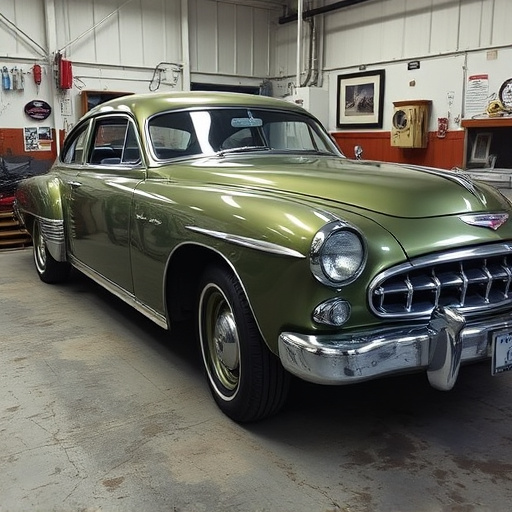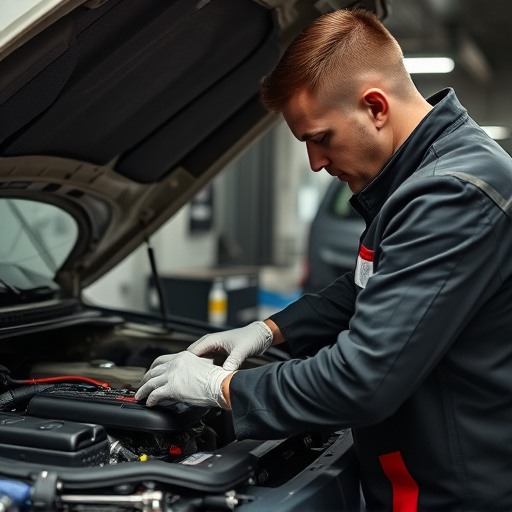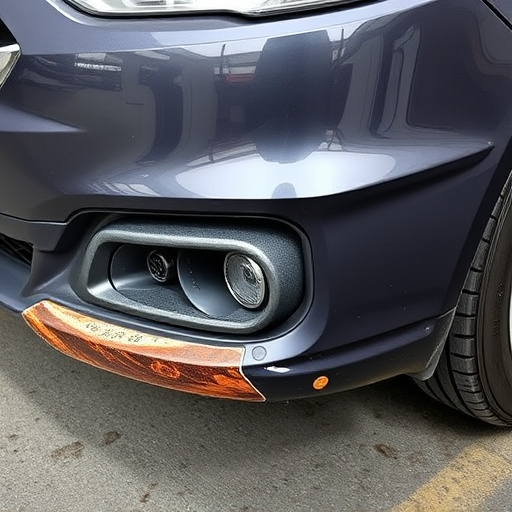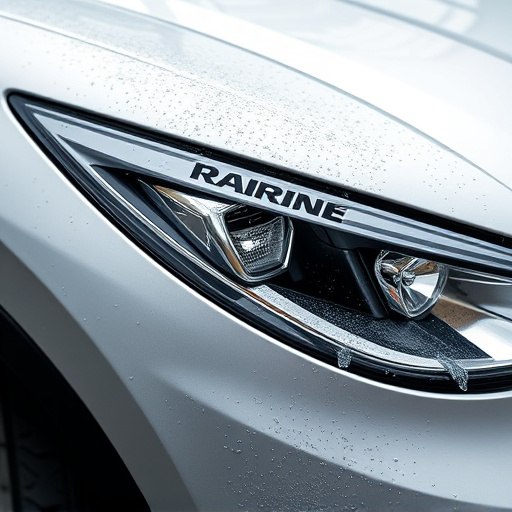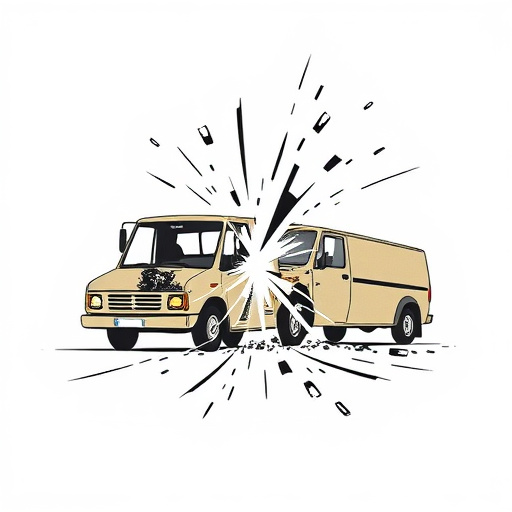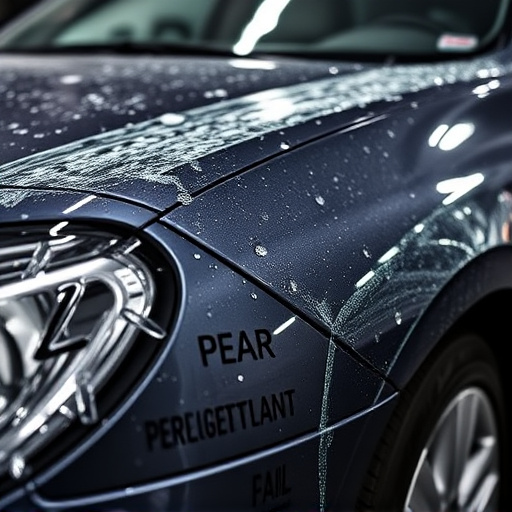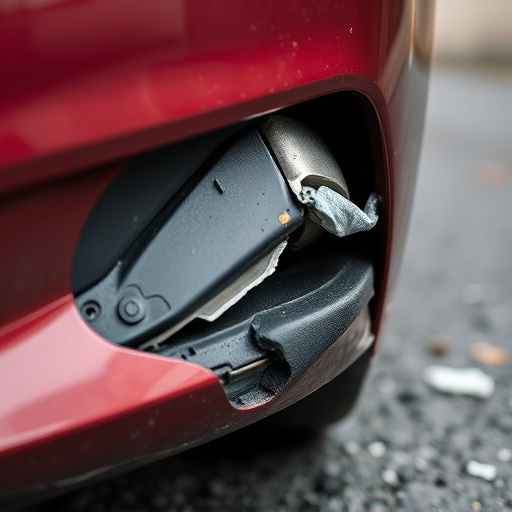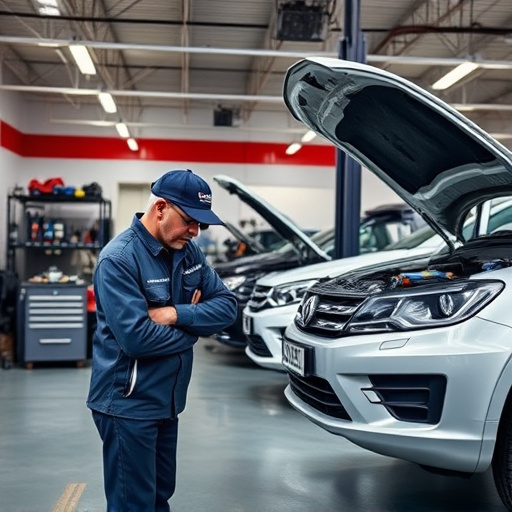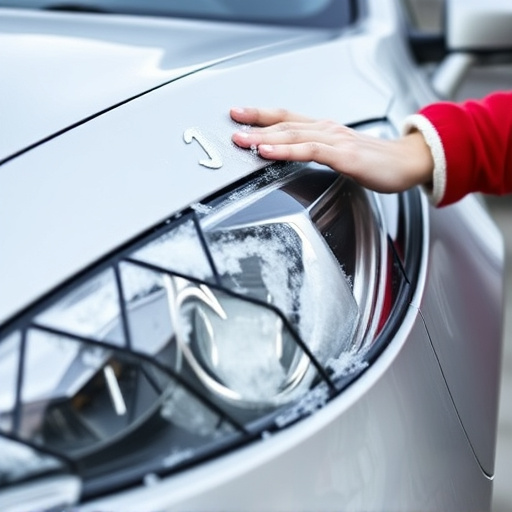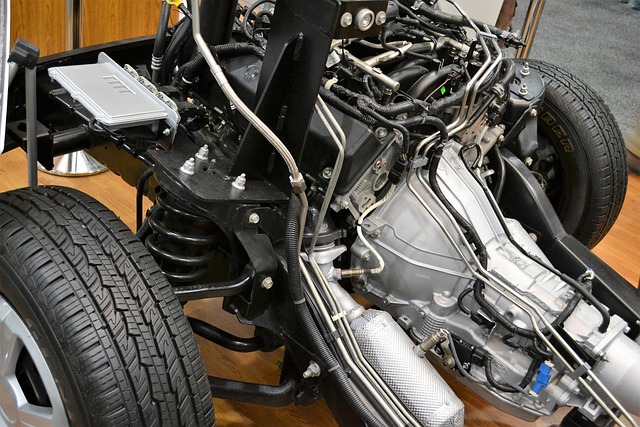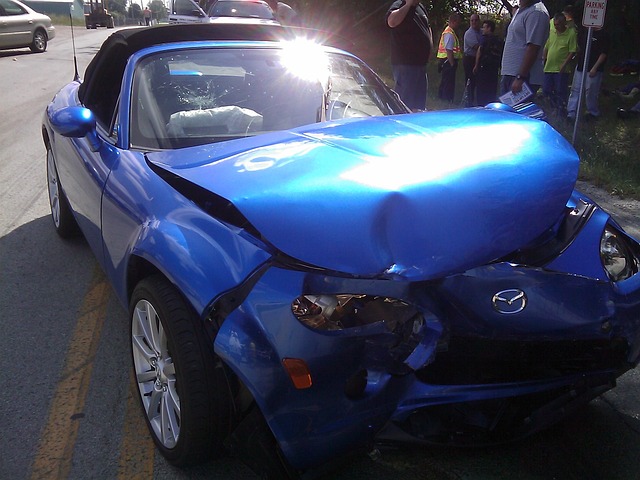Dent repair, a diverse field within auto maintenance, ranges from manual adjustments with hammer and dolly to advanced PDR (paintless dent removal) methods. Skilled technicians assess damage extent and type to select suitable techniques for structural integrity, aesthetic restoration, and vehicle safety. Traditional dent repair techniques, cost-effective and precise, remain valuable in the digital age, offering seamless results for minor bumps to significant collisions. They enhance vehicle aesthetics, preserve value, and ensure longevity, especially in auto frame and body repairs.
In today’s market, various dent repair techniques are available, each with its own set of benefits. However, understanding when traditional methods are necessary is paramount for effective vehicle restoration. This article delves into the nuances of different dent repair techniques, highlighting situations where conventional methods excel. We explore the advantages and considerations of opting for traditional dent repair, empowering car owners to make informed decisions tailored to their needs.
- Understanding Different Dent Repair Techniques
- When Traditional Methods Are the Preferred Choice
- The Benefits and Considerations of Traditional Dent Repair
Understanding Different Dent Repair Techniques

The world of dent repair is a specialized art within the broader realm of auto maintenance and body work. Understanding different dent repair techniques is crucial for both car owners and professionals alike. Techniques range from simple, manual methods like using a hammer and dolly to carefully adjust and realign panels, to more complex processes such as robotic welding and paintless dent removal (PDR). PDR, for instance, has revolutionized the industry by offering non-invasive solutions that preserve the original factory finish of a vehicle.
In an auto repair shop, skilled technicians employ these various methods based on the extent and type of damage. Auto body work involving dents requires precision and expertise to ensure the structural integrity of the vehicle is not compromised. Choosing the right dent repair technique not only ensures the aesthetics of the car are restored but also guarantees its safety during future driving conditions.
When Traditional Methods Are the Preferred Choice
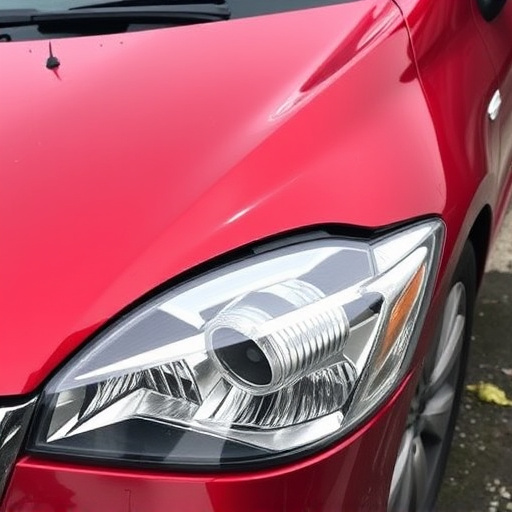
In many cases, when it comes to addressing dents or dings on vehicles, traditional dent repair techniques are the preferred choice. This is particularly true for larger or more complex damage where simply painting over the issue isn’t feasible or aesthetically desirable. Auto dent repair professionals employ a range of manual and semi-automated methods, from clamping and pulling to specialized tools that use air pressure or heat to return metal to its original form. These techniques are especially valuable in collision repair, offering precise results that match the vehicle’s original finish and structure.
Choosing traditional dent repair over more modern, automated alternatives ensures a higher degree of control and customization, resulting in a repair that blends seamlessly with the rest of the vehicle. It also preserves the value of the vehicle, as traditional methods often leave less visible evidence of previous damage. Whether it’s a minor bump or a significant collision, skilled technicians can restore your vehicle to its pre-incident condition through these proven and reliable dent repair techniques.
The Benefits and Considerations of Traditional Dent Repair
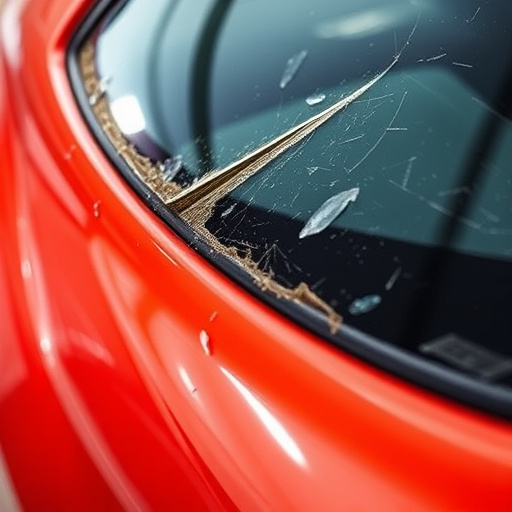
In today’s digital age, where advanced technologies offer efficient solutions for various tasks, traditional dent repair techniques still hold their value and provide numerous benefits. When it comes to fixing dents on vehicles, whether minor scratches or more significant damage, opting for conventional methods can be advantageous. One of the primary considerations is cost-effectiveness; traditional dent repair often proves more affordable compared to modern automated systems, making it an appealing option for budget-conscious car owners. This age-old practice also ensures precision and skill, as experienced technicians meticulously work on each dent, guaranteeing high-quality results that match the vehicle’s original finish.
Additionally, traditional dent repair techniques offer versatility in handling different types of dents and car body repairs. From minor fender benders to extensive accident damage, skilled technicians can adapt their methods accordingly. This adaptability is especially beneficial for unique or classic car models that may require specialized care. Unlike automated processes, which might lack the flexibility to cater to such cases, traditional repair allows for a personalized approach, preserving the vehicle’s aesthetics and structural integrity, thereby enhancing its overall value and longevity, including aspects of auto frame repair and car body repair.
In conclusion, while modern dent repair methods offer advanced solutions, traditional techniques remain indispensable for certain cases. Their longevity, precision, and versatility make them a preferred choice for specific dental issues. By understanding both approaches, individuals can make informed decisions, ensuring the best care for their oral health, with traditional methods providing reliable and effective repairs when needed.
